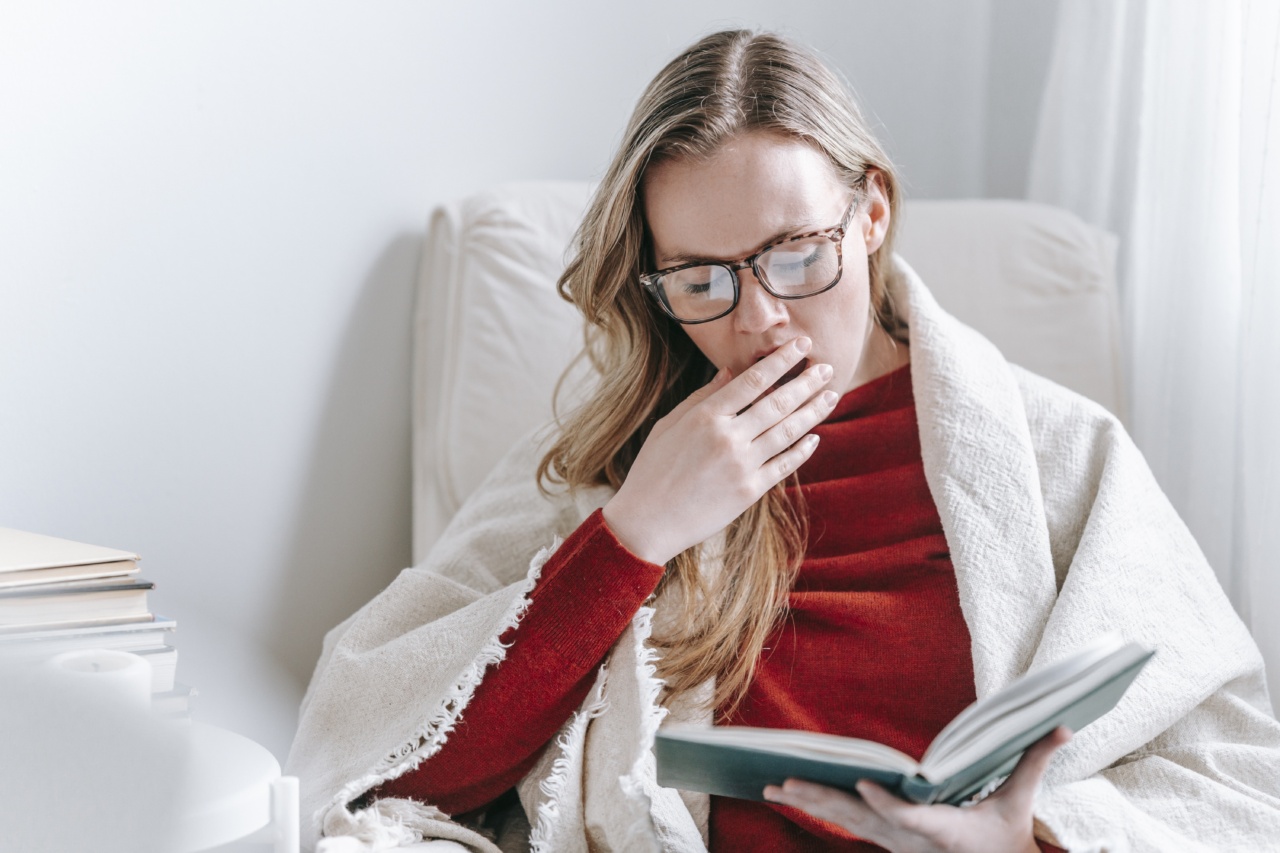Sleep disorders can have a significant impact on our overall health and well-being. From daytime fatigue to decreased cognitive function, untreated sleep disorders can affect every aspect of our lives.
While a polysomnography (PSG) study conducted in a sleep center is the gold standard for diagnosing sleep disorders, it may not be feasible or necessary for everyone. This is where a home sleep study can be a game-changer. In this article, we will explore who should consider a home sleep study and how it can benefit them.
1. Individuals with Suspected Sleep Apnea
Sleep apnea is a common sleep disorder characterized by interrupted breathing during sleep. It can lead to snoring, excessive daytime sleepiness, and increased risk of cardiovascular problems.
Many individuals who suspect they have sleep apnea may be hesitant to undergo an in-lab PSG due to inconvenience or anxiety. A home sleep study offers a more comfortable and convenient alternative for diagnosing sleep apnea.
2. High-Risk Groups
People who fall into high-risk groups for sleep apnea, such as those who are overweight, have a family history of sleep apnea, or have comorbidities like hypertension, should consider a home sleep study.
These individuals are more likely to benefit from early diagnosis and treatment. Home sleep studies provide a cost-effective way to identify potential sleep disorders in high-risk populations.
3. Busy Professionals
In today’s fast-paced world, many professionals find it challenging to take time off work for multiple nights to complete an in-lab PSG. Home sleep studies allow busy professionals to undergo sleep testing without disrupting their work schedule.
With a home sleep study, individuals can gain valuable insights into their sleep patterns and seek appropriate treatment options without sacrificing their professional commitments.
4. Elderly Individuals
Elderly individuals frequently experience age-related sleep changes and may be at a higher risk of sleep disorders. However, visiting a sleep center for an overnight PSG can be physically and emotionally taxing for older individuals.
A home sleep study offers a more comfortable and familiar environment, allowing the elderly to undergo sleep assessment with minimal disruption to their daily routines.
5. Individuals with Limited Mobility
For individuals with limited mobility or who are bedridden, traveling to a sleep center for an in-lab PSG can be extremely challenging.
A home sleep study eliminates the need for transportation and facilitates the diagnosis of sleep disorders from the comfort of one’s own bed. This accessibility makes sleep testing more convenient and less stressful for individuals with mobility limitations.
6. Parents Concerned about Their Children’s Sleep
Sleep disorders can affect individuals of all ages, including children. Parents who suspect their child may be experiencing sleep problems can opt for a home sleep study to identify potential issues.
By monitoring their child’s sleep patterns at home, parents can gather crucial data and consult with healthcare professionals to ensure their child receives appropriate care and treatment.
7. Individuals with Anxiety or Claustrophobia
Some people may experience anxiety or claustrophobia in unfamiliar environments or confined spaces, making an in-lab PSG challenging.
Home sleep studies provide a more comfortable setting, reducing stress and anxiety associated with traditional sleep testing. By completing a sleep study at home, individuals with anxiety or claustrophobia can obtain an accurate diagnosis without feeling overwhelmed.
8. Cost-Conscious Individuals
In-lab PSG studies can be expensive, especially for individuals without insurance coverage. Home sleep studies are generally more affordable and offer a cost-effective option for individuals concerned about the financial aspect of sleep testing.
Choosing a home sleep study without compromising the accuracy of the results can be a budget-friendly solution for those seeking sleep disorder diagnosis.
9. People Living in Remote Areas
Access to sleep centers can be limited, particularly for individuals living in remote or rural areas. Traveling long distances for an in-lab sleep study may not be feasible or practical.
Home sleep studies enable people in remote areas to undergo sleep testing without the need for extensive travel, ensuring equal access to sleep disorder diagnostics and subsequent treatment.
10. Those Seeking Convenience and Privacy
Privacy and convenience are often key factors in choosing a home sleep study. By completing a sleep study in the comfort and privacy of their own home, individuals can feel more at ease during the testing process.
Home sleep studies provide flexibility, allowing people to maintain their usual routines and sleep habits, leading to more accurate results and a more convenient overall experience.
Conclusion
A home sleep study is an excellent alternative to an in-lab polysomnography for individuals who may find it challenging or unnecessary to undergo traditional sleep testing.
Whether it’s due to convenience, anxiety, limited mobility, or other factors, many people can benefit from the comfort and accessibility of a home sleep study. By reaching a wider population, home sleep studies play a crucial role in identifying and treating sleep disorders, ultimately improving the quality of life for individuals affected by these conditions.






























